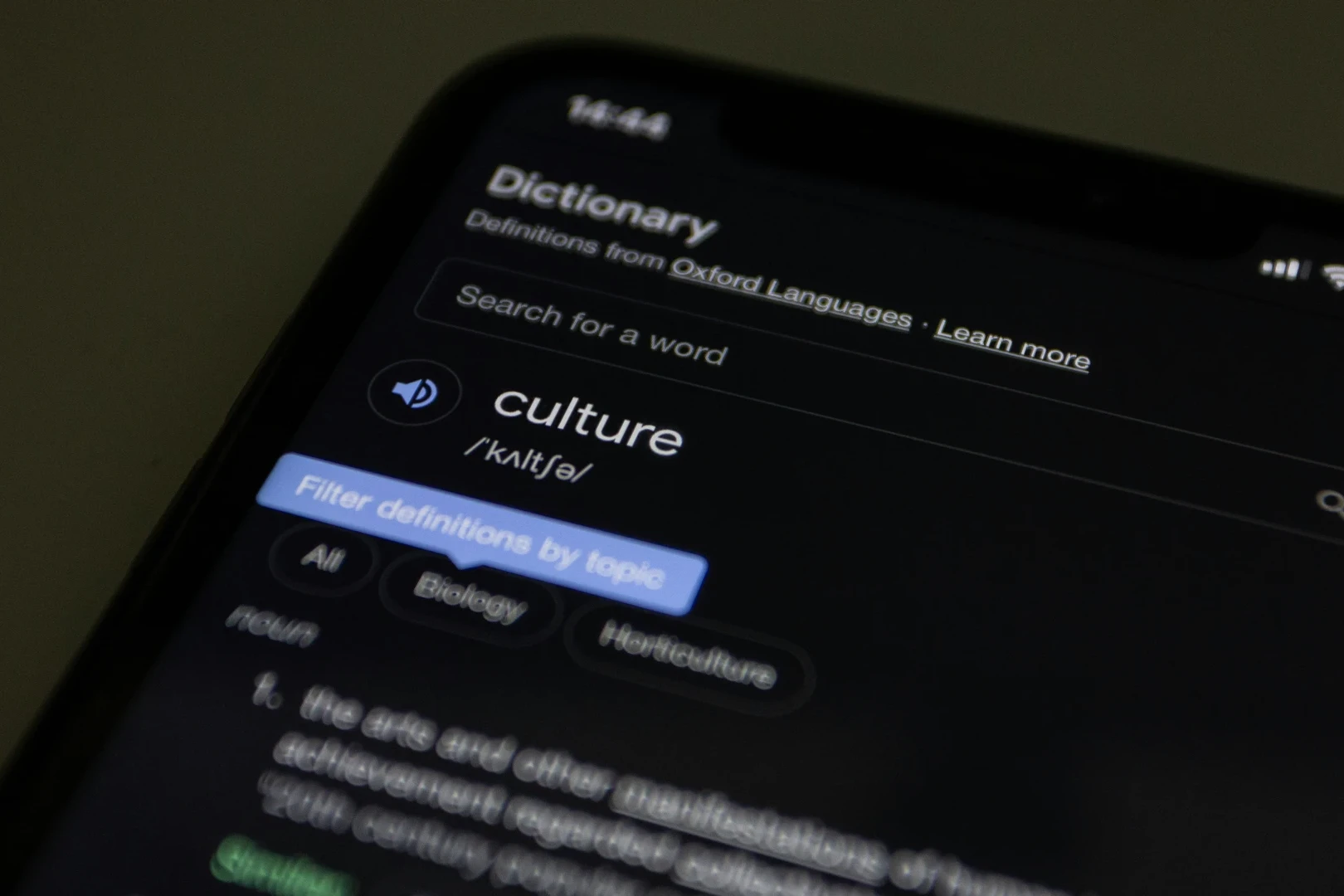The web is like nature: only the best survive. Whether on blogs, company websites, or e-commerce platforms, quality writing is essential for driving traffic and achieving sales goals. SEO (Search Engine Optimization) is key to making your content visible in search engine results, increasing the chances that users will visit your site and purchase your products or services. In this article, we’ll share tips on how to write effective, SEO-friendly content.
The importance of keywords
Before we begin, it’s essential to clarify the topics we want to cover in our content. This step may seem obvious, but it’s crucial—without a clear understanding of the article’s topic, we can’t move forward with keyword research. Keywords are the foundation of SEO, as they help users find the content they’re looking for via search engines.
To identify the best keywords for our website, we can use tools like Google Ads or SEMrush. Don’t underestimate this stage, as it’s one of the most important steps. Additionally, consider using “long-tail keywords”—combinations of words that help us target a specific audience, those who are most likely to be interested in the products and services we offer.
H1: Choosing the Title
The primary title of an article plays a crucial role in creating SEO-optimized content. Writing the H1 tag, as it’s commonly called, can be challenging—it requires creativity, accurate information, and a solid understanding of SEO principles. For optimal results, choose a simple title that includes the main keyword. This will help your content rank higher in search engine results.
However, crafting an SEO-friendly title involves more than just using the main keyword. Here are some tips to improve your H1:
- Limit your title to a maximum of 70 characters to avoid penalties from Google;
- Use engaging phrases like “What,” “How to,” or “This is” as an introduction to the title;
- Include numbers, for example: “The 10 Best Strategies for Creating SEO-Friendly Content.”;
- Use a question/answer format to attract attention and make the title more engaging.
Following these tips will help you create a search-engine-optimized title that boosts visibility and attracts more readers.
H2 and H3: Don’t neglect the subtitles
In addition to the main title, it’s important to divide the text into subsections. These subsections, typically labeled “H2” and “H3,” help the article flow more smoothly and can also improve its chances of ranking higher in search engine results. One effective SEO strategy for writing subheadings is to use Google’s related searches.
What does this mean? After selecting the main topic of your article, simply perform a Google search. At the bottom of the search results, you’ll find related searches. This section reveals what users are searching for on the topic, giving you valuable insights. By incorporating these related searches into your subsections, you can discover new keywords to enhance your content’s SEO.
Additional tips for flawless SEO content
In addition to the points we’ve already discussed, it’s important to consider other key techniques and strategies. Here are some additional tips that will be useful for effective online writing:
- Avoid using keywords randomly. It’s crucial to integrate them naturally into the text, ensuring they don’t disrupt the flow;
- Focus on readability. A high-quality article can fall short if it’s not clear. Tools like Yoast SEO can help improve readability;
- Don’t forget to include links. Internal and external links not only improve SEO but also guide readers to other relevant content on your site;
- Use bulleted or numbered lists. These make complex ideas easier to digest and enhance the reader’s experience;
- Optimize images. Give images descriptive file names and use the “alt text” attribute to provide a brief image description for better SEO and accessibility;
- Ensure mobile compatibility. Make sure your article is easily readable and navigable on mobile devices.
Finally, it’s essential to choose your topics carefully. Do thorough research before selecting a topic and rely on credible sources to create high-quality content.
8 Luglio 2024

